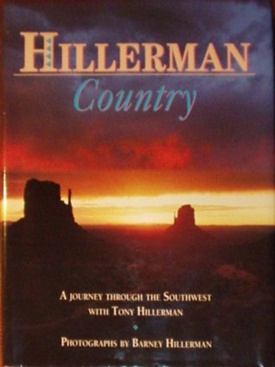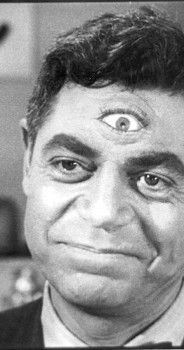Things Your Writing Teacher Never Told You: The Nebulas and the College 7
Six of the College 7 with their instructor. From left to right, back row first: C. T. Booth,
Lexi Baisden, T. Daniel Frost, Sara King. Front: Rissa Martin, Tina Jens (instructor), Kali Rose.
(Not pictured, because she does not do pictures, Tazmania Hayward)
The fact that the Nebulas were held at the Palmer House this year, which is just a handful of blocks from Columbia College, meant that a select group of students and I could finish the last week of classes, deal with graduation, and still take part in the SFWA festivities.
Thanks to the kindness of event coordinator Steven Silver, and the SFWA Powers That Be, they agreed to allow seven students, mostly seniors, to do volunteer work before, during, and after the Nebulas, in exchange for memberships to the weekend of panels, signings, and awards galas.
I taught two classes at Columbia this semester, meeting on Thursday and Friday afternoons. On Thursday, I was able to twist the arm of Laura Anne Gilman, a former high-powered SF/F acquisitions editor and now full-time novelist and editorial freelancer, to come speak to my Fantasy Writing Workshop class for the first hour. (As she told one of my students, it’s not like she could say no, she was sleeping on my library futon for the weekend.)
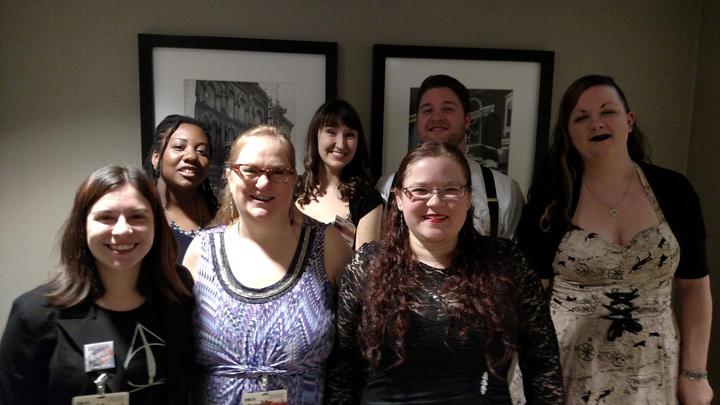
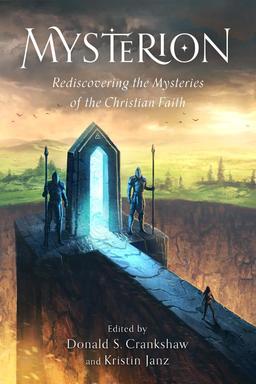
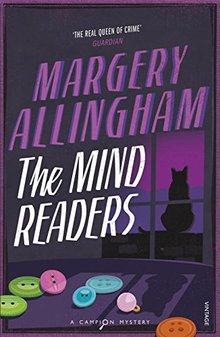 Lately I’ve been looking at SF-like inventions or discoveries that turn up in crime/mystery novels, first with
Lately I’ve been looking at SF-like inventions or discoveries that turn up in crime/mystery novels, first with 
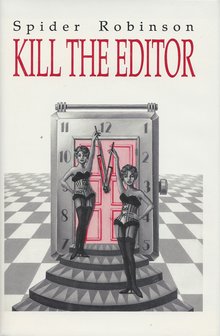 In my
In my 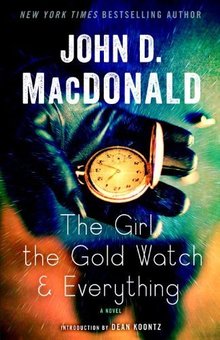 John D. MacDonald is one of my favourite crime writers, and he’s probably best known for his Travis McGee series, starting with The Deep Blue Goodbye (1964) and ending with The Lonely Silver Rain (1985). Others, such as Glen Cook, have used this device after him, but I’m fairly certain that MacDonald’s the first person who identified individual books in his series by giving each one a title colour.
John D. MacDonald is one of my favourite crime writers, and he’s probably best known for his Travis McGee series, starting with The Deep Blue Goodbye (1964) and ending with The Lonely Silver Rain (1985). Others, such as Glen Cook, have used this device after him, but I’m fairly certain that MacDonald’s the first person who identified individual books in his series by giving each one a title colour.